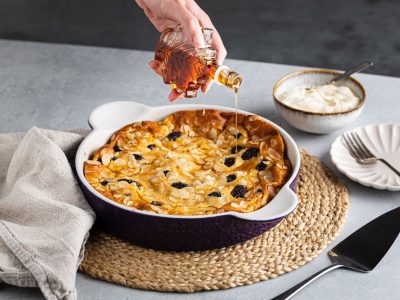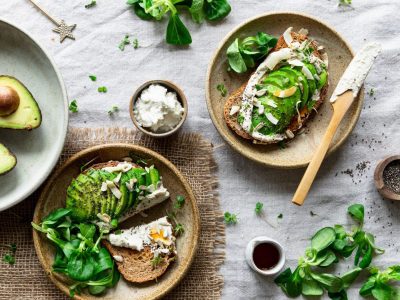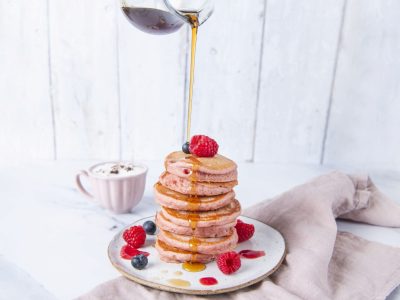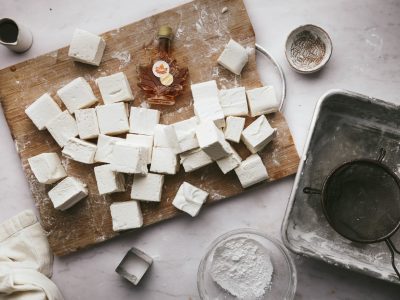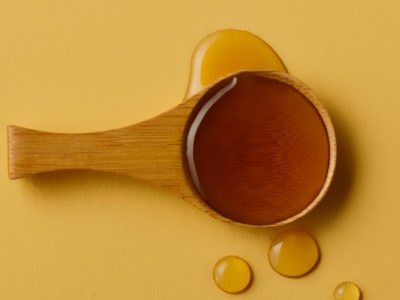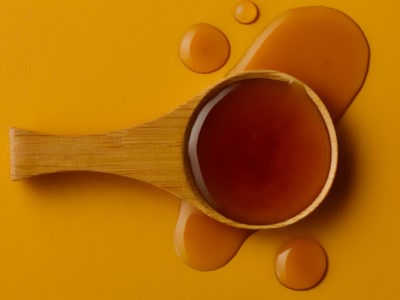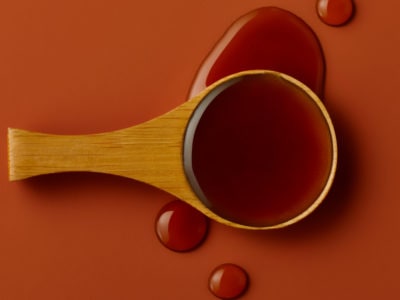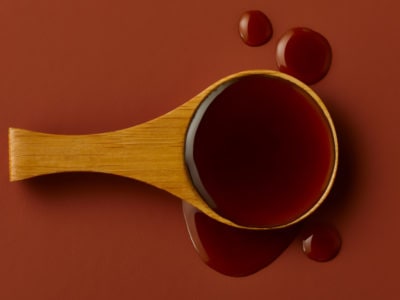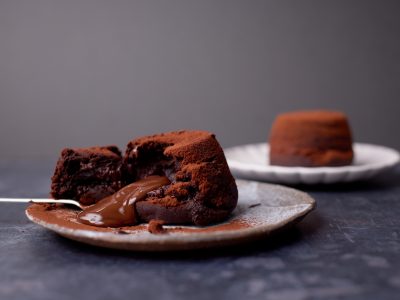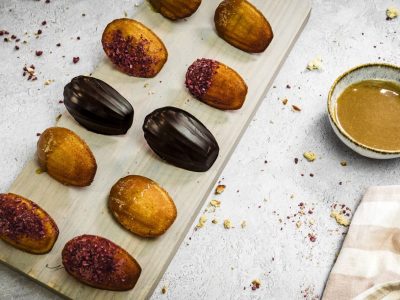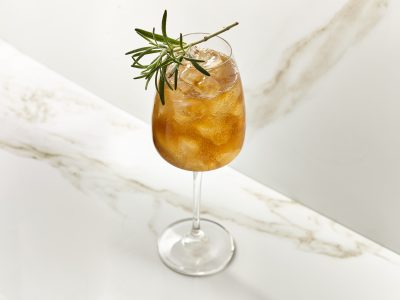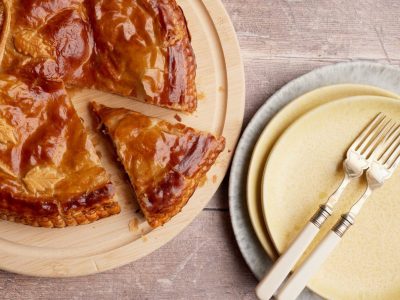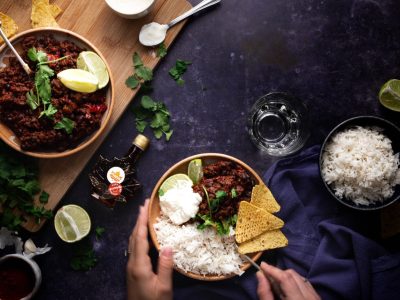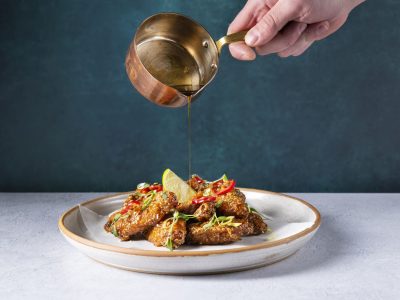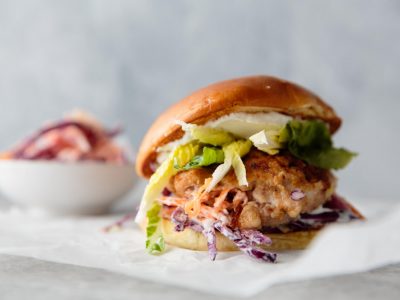What Does Maple Syrup Taste Like?
THE MAPLE FLAVOUR
Best known for being the perfect partner for pancakes, maple syrup is loved all around the world – especially by those with a sweet tooth!
In fact, maple syrup is much more than a finishing ingredient for drizzling over desserts, with its rich taste lending itself to a wide range of dishes.
But what does maple syrup actually taste like? And how can the unique flavour of maple syrup be used to enhance your cooking and baking? Let’s find out!
What does maple syrup taste like?
Maple syrup has a sweet, distinctive flavour that is often compared to caramel, toffee and vanilla. Some people describe the sweetener as having floral, woody qualities, with this complex combination of smells and tastes giving it unique gastronomic qualities.
In truth, it’s hard to express the exact flavour of maple syrup. Agriculture and Agri-Food Canada notes no less than 91 different flavours present in maple products, ranging from the nutty tones of bitter almond and hazelnut to the subtly spiced cinnamon and cloves.
This rich tapestry of flavours is unique to pure maple syrup, which is derived entirely from the sap of maple trees without the need for any additives, unlike heavily processed ‘maple-flavoured’ blends which are watered down with other ingredients.
Another lesser-known fact about pure maple syrup is that its taste can vary depending on the time of harvest, with the flavour growing stronger deeper into the tapping season and varying depending on the weather.
The different maple syrup grades
There is a total of four different maple syrup grades – golden, amber, dark and very dark – with each possessing its own unique colour, taste and recommended set of uses.
Golden maple syrup
Golden maple syrup – not to be confused with golden syrup – is harvested at the start of the tapping season when antimicrobial activity within the sap is at its lowest. The grade is described as having a delicate taste that’s milder than the other grades.
Suggested uses:
- Pouring over yoghurt and ice cream
- Sprinkling into salads
- Drizzling over French toast
Amber maple syrup
Collected towards the middle of the sugaring season when temperatures begin to rise, amber maple syrup is perfect for those who are looking for that classic maple flavour. The grade is known for having a rich, well-rounded taste, giving it a wide range of uses.
Suggested uses:
- Topping pancakes
- Adding to hot drinks
- Mixing to make butters
Dark maple syrup
The grades grow stronger in flavour as the tapping season enters the latter stages and the sugar content in the sap decreases. Dark maple syrup is said to have a robust taste that is more pronounced than the previous grades and better suited to sauces, glazes and marinades.
Suggested uses:
- Glazing roast vegetables
- Stirring into sauces
- Marinating meat and fish
Very dark maple syrup
The maple flavour is at its strongest at the end of the harvest when antimicrobial activity in the sap reaches its peak. Favoured by chefs and food manufacturers, very dark maple syrup has a full-bodied taste that works well in dishes where the flavour needs to be more pronounced.
Suggested uses:
- Mixing into sauces
- Adding to doughs
- Making maple taffy
Learn more about the different maple syrup grades below.
Maple syrup in cooking and baking
The nuances that come with each grade make maple syrup a highly versatile ingredient. The lighter grades are great for drizzling directly over desserts, but they can also be mixed into doughs and batters, as with this mouthwatering vegan chocolate fondant or these delicious madeleines.
Another area in which the lighter grades are generally preferred is drinks. The milder, more delicate taste pairs well with espresso to make a refreshing vegan iced coffee and it can also be used in cocktails like a passion fruit martini or pear spritz.
The darker grades are great for adding to sauces that are cooked over several hours, as in this hearty lamb pie or slow-cooker chilli con carne. They’re also often used in glazes and marinades for meat, like these tamarind chicken wings and jerk chicken burgers.
When it comes to baking, the darker grades are suited to more complex preparations where the maple flavour needs to stand out among other ingredients. These include fruit financiers, blackberry crumble and toffee apple cake.
Whatever you’re looking to make, whether it’s an indulgent dessert or a subtly sweet sauce, maple is on hand to take your culinary creations to the next level.
Maple syrup: a special flavour
Maple syrup has a rich and complex flavour that sets it apart from other sweeteners. Not only that, but the nuances that come with each grade allow cooking and baking enthusiasts to tailor the flavour to suit their own taste preferences.
Looking for more recipe inspiration? Check out our full range of maple syrup recipes, covering everything from drinks and desserts to snacks, starters and mains.
Hundreds of Delicious Recipes
Maple is a special addition to any recipe, from starters and snacks to sumptuous desserts. Find one that’s perfect for you, your family and friends.
)
